Navigating Non-Disclosure Agreements in Wedding Photography
The world of wedding photography is a vibrant tableau of emotions and moments captured for eternity. However, non-disclosure agreements (NDAs) have emerged as a complex issue within this industry. Clients, valuing their privacy or adhering to cultural norms, often request that their wedding photos not be publicly showcased. This presents a unique challenge for wedding photographers, who rely heavily on displaying their work to attract future clients.
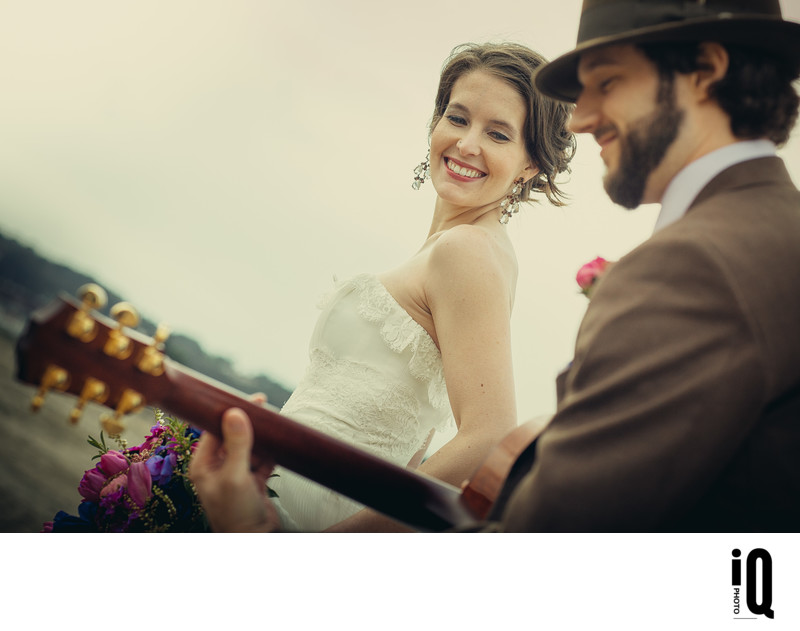
Photographers' responses to NDAs are as diverse as their portfolios. Some readily accept these terms without additional fees, while others impose a 'loss of opportunity' fee to compensate for potential business that could have been generated through showcasing the work. There are also photographers who refuse to accept NDAs, especially those whose businesses thrive on the online promotion of their work.
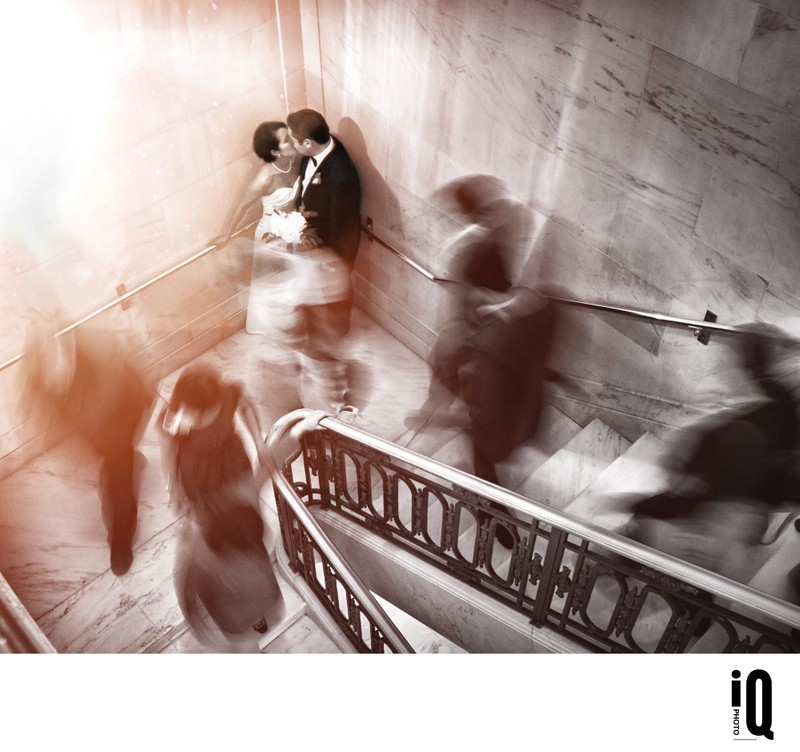
It's important to remember that photographers, by default, retain the copyright ownership of their photographs. This allows them to use these images for marketing, portfolios, or other professional opportunities. An NDA that restricts them from showcasing their work can have far-reaching impacts on their business.
The severity of this impact often depends on various factors such as the reputation and experience of the photographer. New entrants to the wedding photography market may face more significant losses compared to seasoned professionals with an established client base. However, every wedding contributes to future bookings, not just through venue-specific referrals but also via showcasing the unique elements of each wedding.
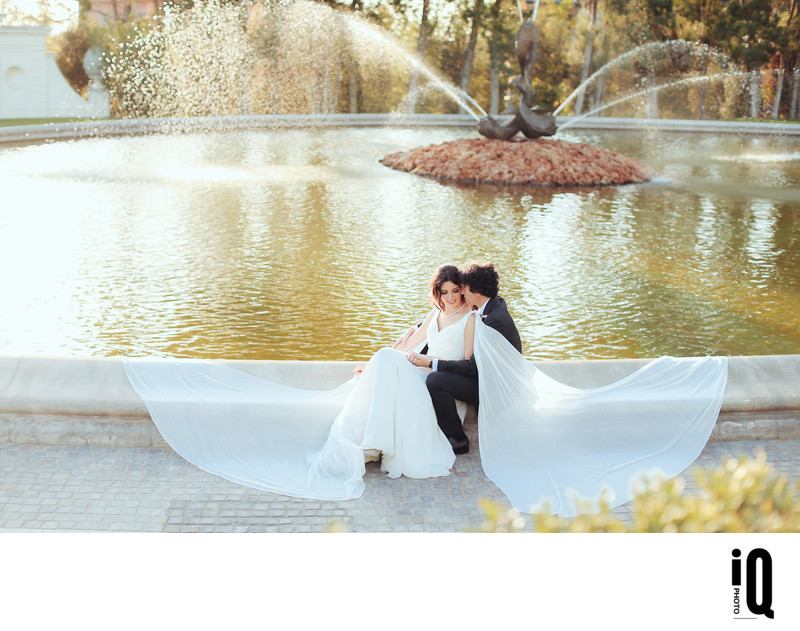
In the wedding industry, trends such as the time of the year, dress styles, color schemes, and decor play a significant role in attracting new clients. Photographs from a spring wedding, with its pastel color scheme and outdoor settings, can attract couples planning a similar wedding. The same goes for images showcasing unique dress styles or innovative decor ideas. If an NDA restricts a photographer from showcasing these elements, it could limit their ability to attract clients planning weddings with similar themes.
Moreover, the bridal party and guests at a wedding also form a potential client base. They can turn into future clients if they admire the photographer's work. An NDA could hamper this word-of-mouth advertising, further restricting the photographer's potential client outreach.
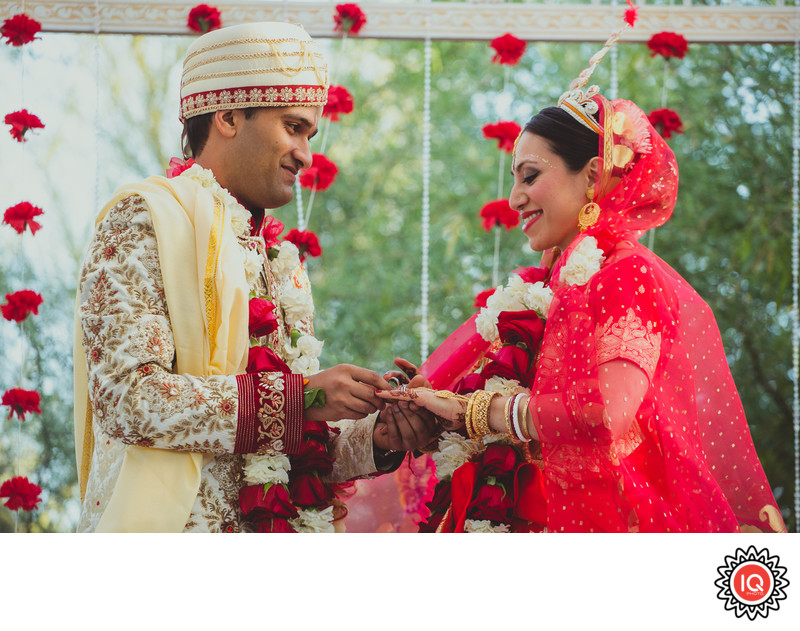
There's also the 'social proof' factor. Today, many couples select their wedding photographer based on the images they see on social media. If friends of the couple can't see the beautiful images or find out who took them due to an NDA, this valuable promotional channel is lost.
Astute wedding photographers often weigh these costs before accepting an NDA-bound project. They might choose a project that allows free promotion of their work rather than risk potential long-term losses due to the restrictions of one event. Some photographers levy additional fees, typically between 10-20%, to account for the potential opportunities they might miss in the future.
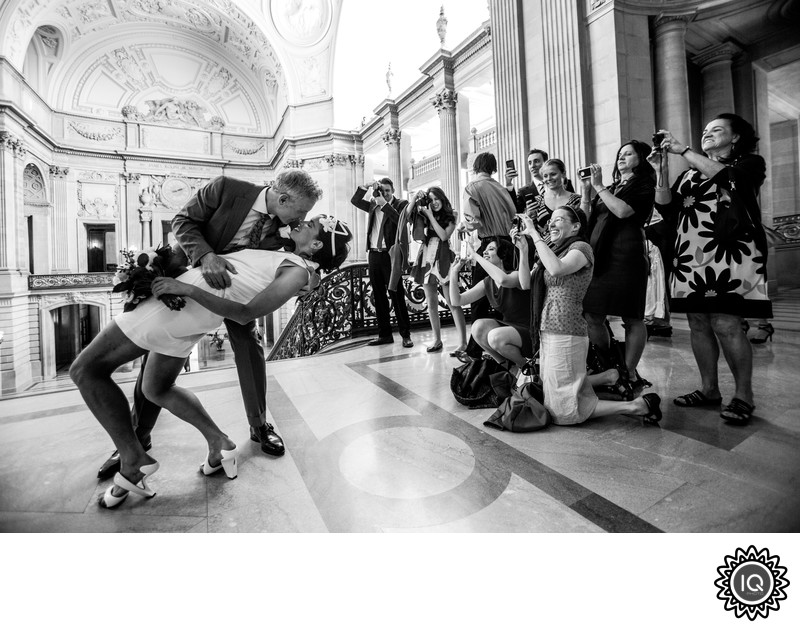
In some cases, there might be room for negotiation. Clients and photographers might agree on sharing certain images publicly, especially if the privacy concerns pertain to specific individuals or sensitive content within the collection.
The key to navigating the complexities of NDAs in wedding photography lies in proactive, clear communication. Clients should articulate their preferences regarding photo sharing early on, enabling photographers to incorporate these constraints into their pricing models.
In conclusion, understanding and transparency are vital when dealing with NDAs in wedding photography. By discussing your preferences upfront and comprehending the potential implications of an NDA on a photographer's business, you can make informed decisions that result in beautifully captured memories, while respecting privacy concerns.
